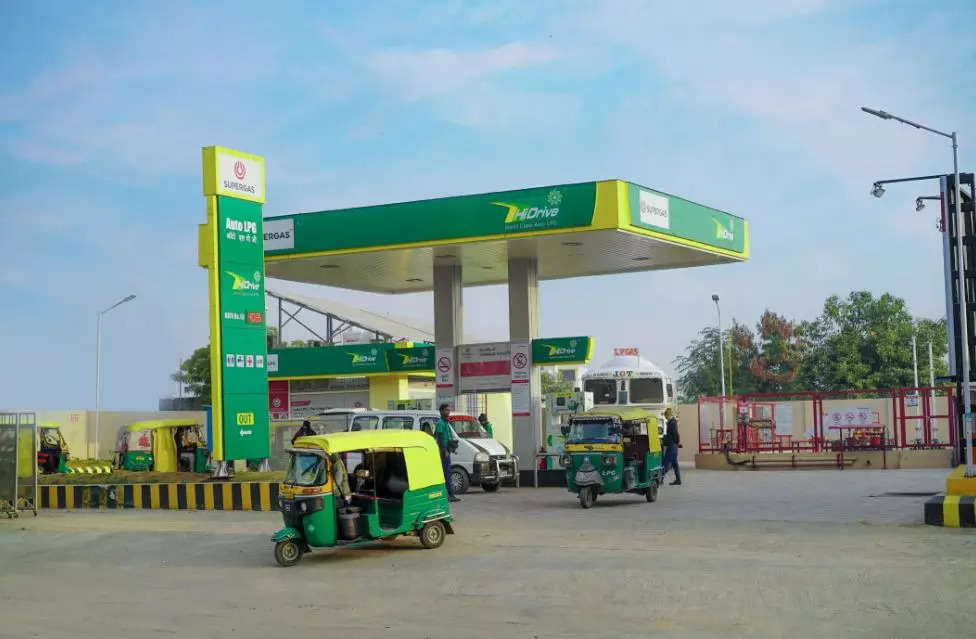
Liquefied petroleum gas (LPG), the third most common transport fuel in the world after gasoline and diesel, and the forerunner of compressed natural gas (CNG) vehicles in India, is losing ground in the country’s automotive industry as slower transitions to greener alternatives like CNG and EV take place.
In just five years, there has been a sharp 82% decrease in the sales of LPG vehicles. Compared to the 128,144 units registered in 2018–19, only 23,618 units were registered in 2022–23 (FY23), according to information on the Ministry of Road Transport and Highways (MoRTH) VAHAN portal.
LPG cars made up just 0.11 percent of the 22,224,702 vehicles sold in India overall in FY23, compared to other green options like CNG and electric, which had respective shares of 3 and 5 percent.
LPG was originally promoted as a substitute fuel for cars in the nation because it is high-octane, plentiful, and emits less pollutants. In India, LPG use in vehicles was made legal in April 2000. When 128,144 LPG cars were registered in the nation in 2019, the demand for these vehicles reached its high.
Industry analysts claim that the high in 2019 was brought on by a rise in LPG consumption from four-wheeled passenger cars (PVS). The three-wheeler market makes up more than 80% of the demand for LPG vehicles. Four-wheelers’ percentage in the LPG market has decreased from 18% in 2018-19 (FY19) to 14% in FY23. Compared to the 23,965 units registered in FY19, just 3,495 LPG four-wheelers were registered in FY23.
Suyash Gupta, Director General, Indian Auto LPG Coalition said, “There is no level playing field in the auto industry for LPG. The government has incentivized EV and CNG, however, Auto LPG is still a non-subsidised fuel in the country despite it being one of the cleanest.”
“It was the aftermarket demand from the passenger vehicles segment which gave a push to the LPG industry from 2018 to 2020. However, the imprudent MoRTH regulations, high costs of kit type approvals – requiring recertification every 3 years and non-availability of LPG models from car manufacturers resulted in the waning of the customer’s interest,” he added.
Along with the lack of LPG-powered choices, the price increase for LPG and a lack of infrastructure for fueling it further hindered its uptake.
Only 1,177 LPG stations existed in the nation as of March 2023, compared to more than 4,600 CNG pumps, 5,200 EV charging stations, and 80,000 gasoline pumps.
In addition, the cost of LPG in Delhi has climbed by around 70% from INR 40 per liter in 2019 to INR 68 per liter in 2023. In some states, it is much higher. Industry analysts claim that the absence of government support and automakers’ unwillingness to develop LPG-powered vehicles are impeding the expansion of the LPG market.
The largest automaker in India at the moment, Maruti Suzuki India, has discontinued producing LPG cars. The country’s LPG industry is being decimated by those with an interest in CNG and EV. During the same time period, sales of CNG and EVs increased by 58% and 400%, respectively.
Although consumers have chosen greener and cleaner cars more frequently over the previous five years, their percentage of petrol and diesel cars is still much larger. According to VAHAN statistics, the percentage of gasoline and diesel cars in 2023 was 78% and 10%, respectively.
According to specialists in the automotive sector, the country’s lack of viability for LPG-powered cars is a result of CNG gaining the lead.

















